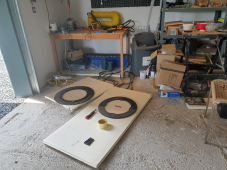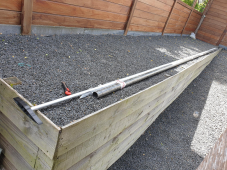brandnewb
Going for serious. starting as newb
And, the big distinction here is that I am printing from USB. Remember the long file name issue?
So it might well be that once I start printing from SD then the firmware gets to do it's thing in a more acceptable manner.
But here comes my paranoia again. The sooner I can replace the firmware to marlin the better. I don't like closed source code running on devices i have.
This is one supporting reason why I want a second printer. So that replacing firmware can go wrong without grinding to a halt.
So it might well be that once I start printing from SD then the firmware gets to do it's thing in a more acceptable manner.
But here comes my paranoia again. The sooner I can replace the firmware to marlin the better. I don't like closed source code running on devices i have.
This is one supporting reason why I want a second printer. So that replacing firmware can go wrong without grinding to a halt.




